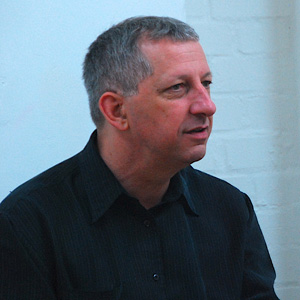You may well be familiar with the name, but are you aware of Sandford Meisner's acting technique? Scott Williams trained with the legendary practitioner and shares with us an introduction.
With the arrival of YouTube and Google, the 21st Century actor can learn a great deal just by pointing and clicking. So the title of a 1985 documentary about an American acting teacher – ‘Sanford Meisner: The American Theatre's Best Kept Secret' – is no longer really apt. Meisner's name and work is far more familiar to actors around the world today than 25 years ago.

I moved to London from the United States in 1996, when there was very little awareness here of the man and his teachings. A few classes were offered, a few people claimed him on their CVs, but he was largely unknown. After I taught a series of classes for the Royal Shakespeare Company, for example, the legendary Cecily Berry came to me and pressed my hand, whispering into my ear as if telling me a great secret, “My husband studied with Meisner, and I've been trying to get his work introduced here ever since.”
But in the past decade, Meisner's name has become ubiquitous, and when I teach his work in workshops at London's Actors Centre, or around the country, or for my own organisation, The Impulse Company, many people arrive already familiar with the man's name, if not with his work.
Sanford Meisner was a fixture at his ‘home' in New York, the Neighborhood Playhouse School of the Theatre from 1934 until he finally retired in 1990, though he continued teaching privately up until his death in February 1997 at the age of 93. When I studied with him in the 1970s he was a broken shell of a man, the victim of a stroke, bad eyesight, a horrible accident with a truck, and, most devastating of all for a teacher, a laryngectomy (removal of his vocal cords). He walked with the aid of a cane, saw with the aid of thick glasses, and spoke with the aid of a microphone. But burning inside that shell was the most intense acting teacher I have ever encountered.
To read full article, subscribe to The Drama Student magazine.
Be the first to comment